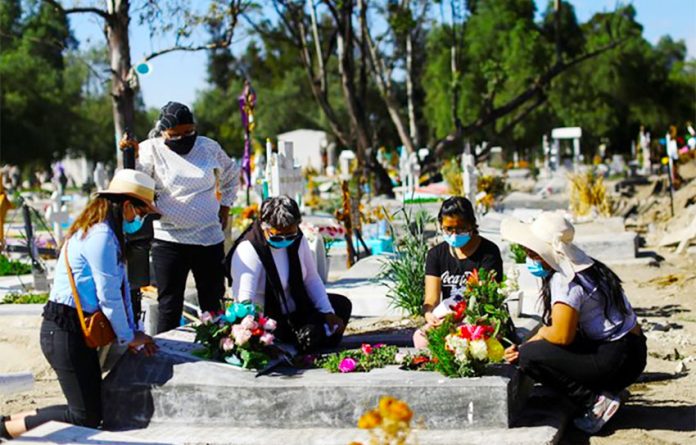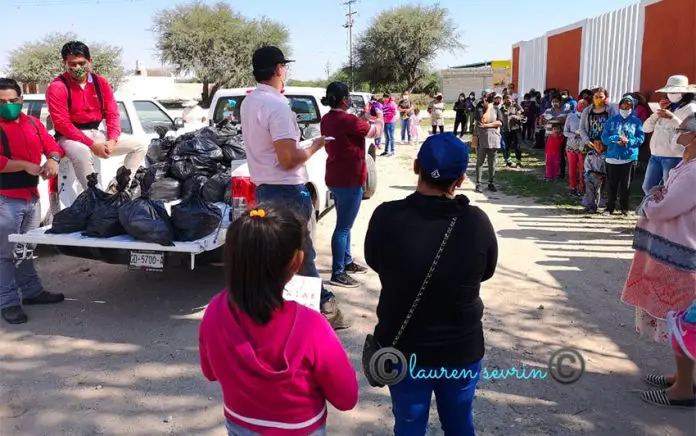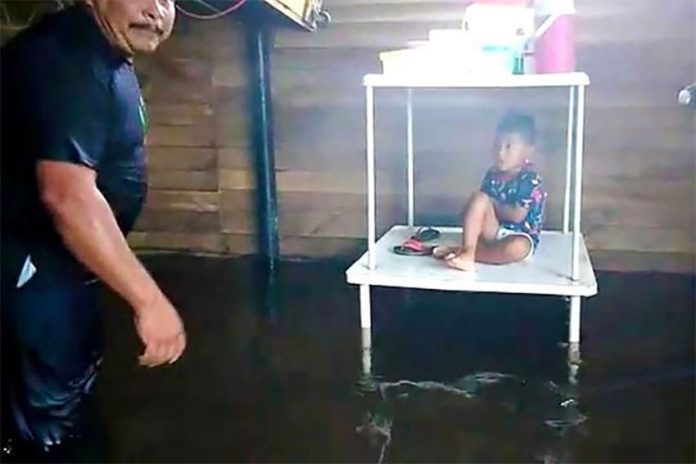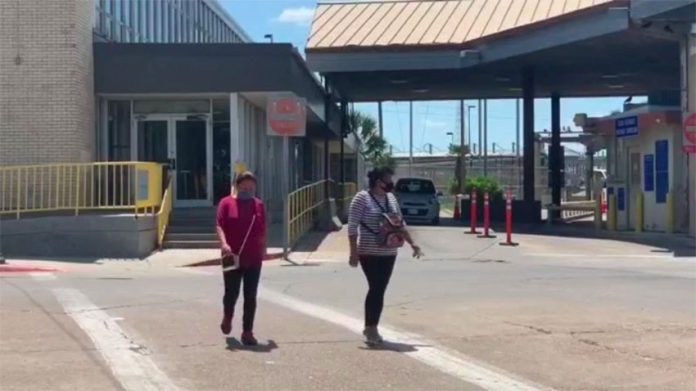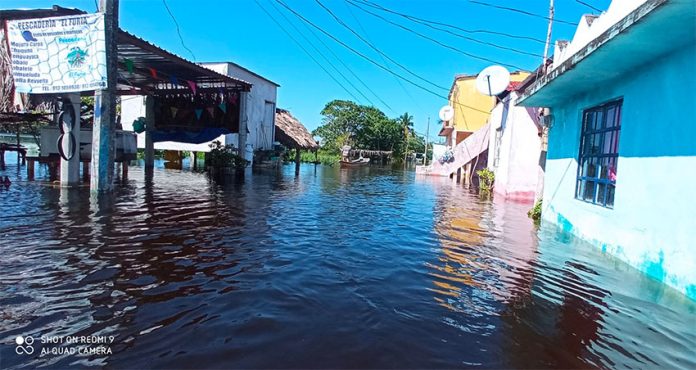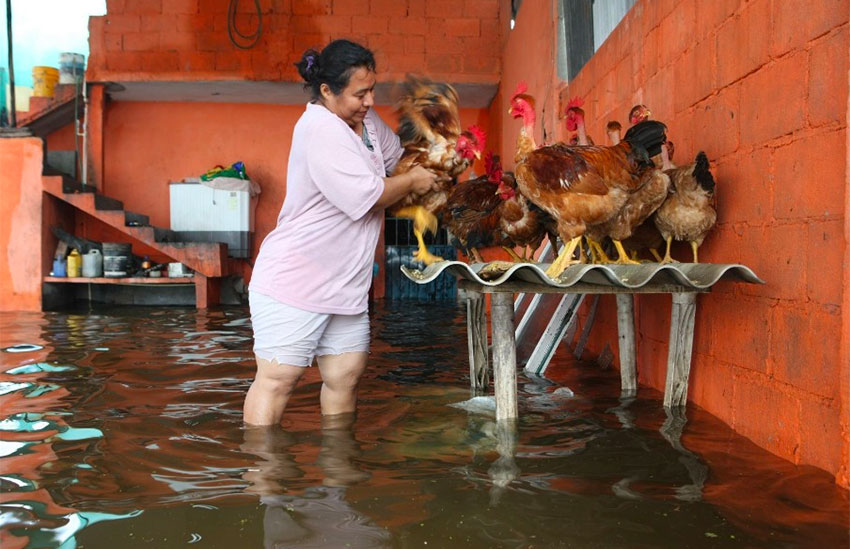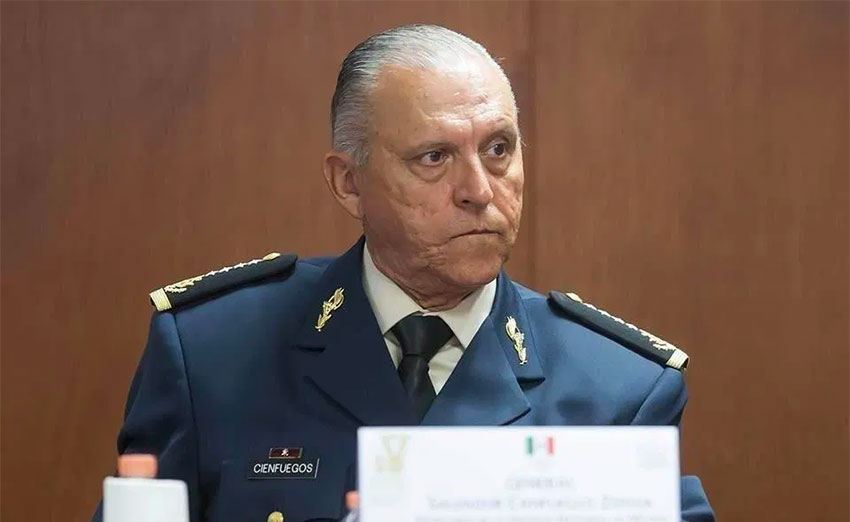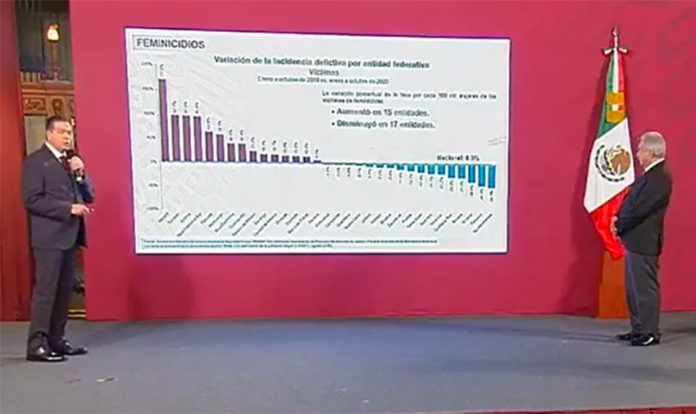Mexico on Thursday became the fourth country in the world to record 100,000 Covid-19 deaths, passing the tragic milestone eight months after the first fatality was officially registered in the country.
Health Ministry Director of Epidemiology José Luis Alomía reported that the death toll had risen to 100,104 with 576 additional fatalities registered on Thursday.
The only other countries that have passed 100,000 Covid-19 deaths are the United States, Brazil and India.
The milestone came five days after Mexico’s accumulated case tally passed 1 million. The Health Ministry registered 4,472 new cases on Thursday, increasing the tally to 1,019,543.
Both the death toll and case tally are widely believed to be much higher because Mexico’s testing rate is much lower than most other countries. The Health Ministry reported late last month that there were about 193,000 more deaths than usual in the first nine months of the year and that at least 139,000 of them were attributable to Covid-19.
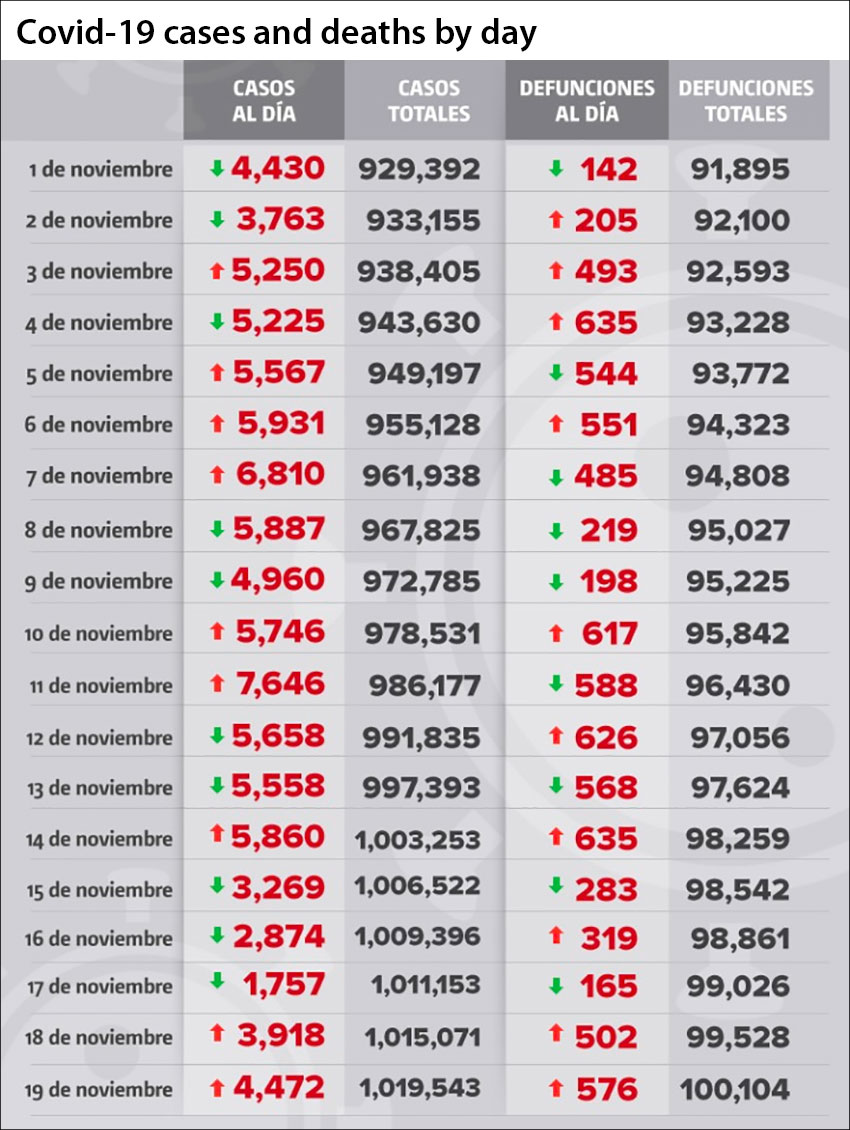
Based on confirmed cases and deaths, Mexico’s Covid-19 fatality rate is 9.8 per 100 cases, the highest among the 20 countries currently most affected by the pandemic, according to Johns Hopkins University. The country ranks sixth for per capita deaths among the same group of countries with 79.3 fatalities per 100,000 residents.
Speaking at Thursday night’s coronavirus press conference, Deputy Health Minister Hugo López-Gatell, the government’s pandemic point man, described the 100,000+ death toll as “unheard of.”
“Today in Mexico we have 100,000 people who have lost their lives due to Covid-19. It’s an unheard of amount, there is no precedent in Mexican society of an acute, infectious disease … affecting the lives of so many people,” he said.
The death toll is now 66% higher than López-Gatell’s prediction of what could happen in a “catastrophic scenario.”
When Mexico’s death toll rose to 12,545 on June 4, the deputy minister said the government couldn’t rule out 30,000 to 35,000 Covid-19 fatalities. “In a catastrophic scenario, it could be 60,000,” López-Gatell said.
On Thursday, he was critical of the media for being “alarmist” by focusing on the death toll reaching 100,000.
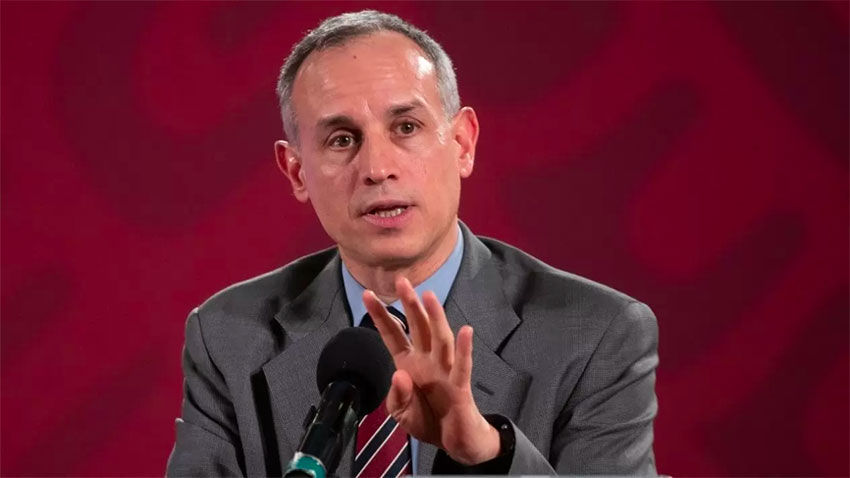
“The epidemic is terrible in itself, you don’t have to add drama to it,” López-Gatell said, charging that some media outlets were focusing on the figure to sell newspapers or to trigger “political confrontation.”
When Mexico officially passed 1 million cases, the deputy minister also took aim at the media, saying, “in terms of news it appears attractive to report a round number whenever there is one.”
He personally described the passing of the 1 million case mark as “insignificant.”
What is not insignificant is the effect the pandemic has had, and continues to have, on people’s lives. Every state in the country has recorded at least 600 Covid-19 deaths and all but four – Baja California Sur, Colima, Campeche and Nayarit – have recorded more than 1,000.
Mexico City had recorded 16,677 Covid-19 fatalities as of Thursday, by far the highest total in the country, while neighboring México state, where 11,399 people have officially lost their lives to the disease, is the only other state with a five-figure death toll.
A nationwide death toll in excess of 100,000 people means that there are multiple members of more than 100,000 families who have grieved for loved ones who lost their lives to Covid-19 this year.
![]()
The pandemic has also had a significant effect on people’s everyday lives as coronavirus restrictions curtail the nation’s social and economic activities. More than a million formal sector jobs were lost due to the pandemic – although jobs recovery is now underway – and countless millions more were lost in the vast informal sector.
Unsurprisingly, the economy slumped as restrictions took effect, and although a recovery of sorts is now underway the recession this year is predicted to be the worst since the Great Depression.
The pandemic has also taken a toll on many people’s mental health.
“Mexico’s living are bearing the scars of the pandemic along with their lost friends and loved ones,” the Associated Press (AP) said in a report published after the death toll passed 100,000. “Many surviving coronavirus victims say the psychosis caused by the pandemic is one of the most lasting effects.”
AP spoke to Daniel Alfredo López González, a community leader in the sprawling, poverty-stricken eastern suburbs of greater Mexico City, who said that he was extremely afraid when he contracted the coronavirus himself.
“It is a tremendous psychosis. In the end, sometimes the disease itself may not be so serious, but it is for a person’s psyche,” he said. “That is, knowing that you have a disease like this can kill you as bad as the disease itself.”
![]()
His sister is a public health outreach worker and became paranoid that she had been exposed to the coronavirus while working.
Dulce María López González told AP that during one moment of panic she believed that she couldn’t breathe. But then she said to herself, “No, it is a psychological question.”
She said she had to force herself to calm down, telling the news agency: “If I get worked up thinking I have the disease, that I am going to die, then I am going to have a heart attack.”
Many people are also afraid of going to hospitals amid the pandemic, both for treatment for Covid-19 and other unrelated ailments, because they believe they won’t receive proper treatment and be left to die or because they think they will be infected with the virus.
Large numbers of people have only sought medical attention when they are gravely ill, causing many to die in emergency wards upon arrival or soon after they were admitted to hospital.
Mexico City Health Minister Oliva López Arellano said earlier this year that during an influx of coronavirus patients in May, almost half died within 12 hours of arriving at hospitals in the capital.
“After seeing videos of what happens to people inside hospitals, screw that,” José Eduardo Bailón, a Mexico City man who spent 60 days at home recovering from Covid-19, told The New York Times. “I’d rather stay home and die there.”
Mexico News Daily
